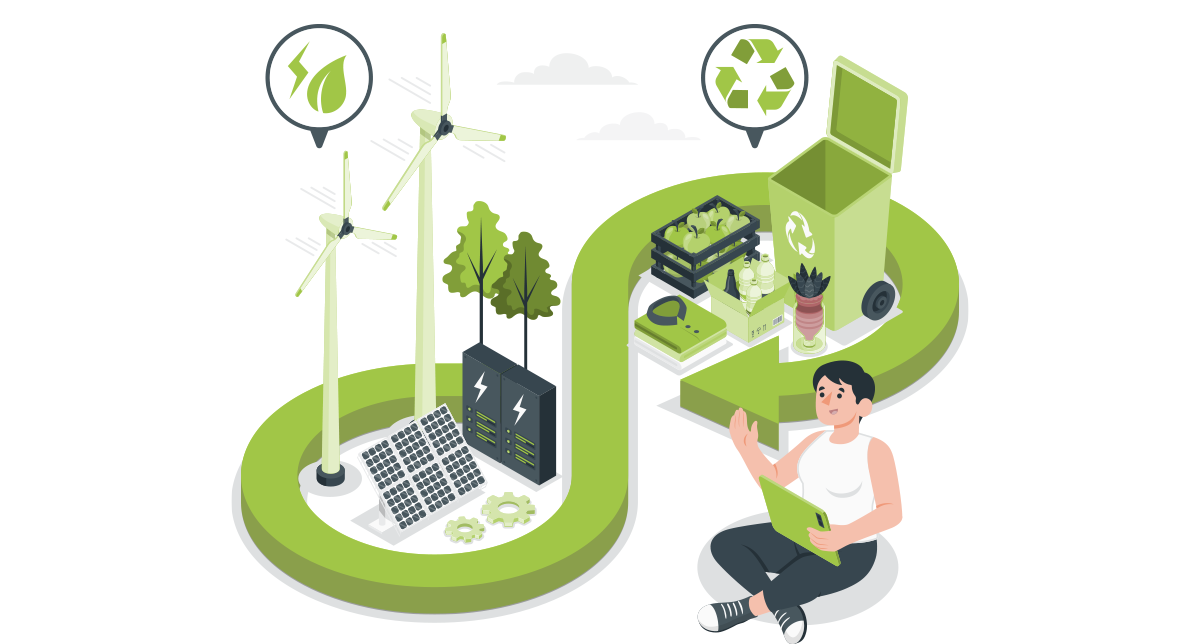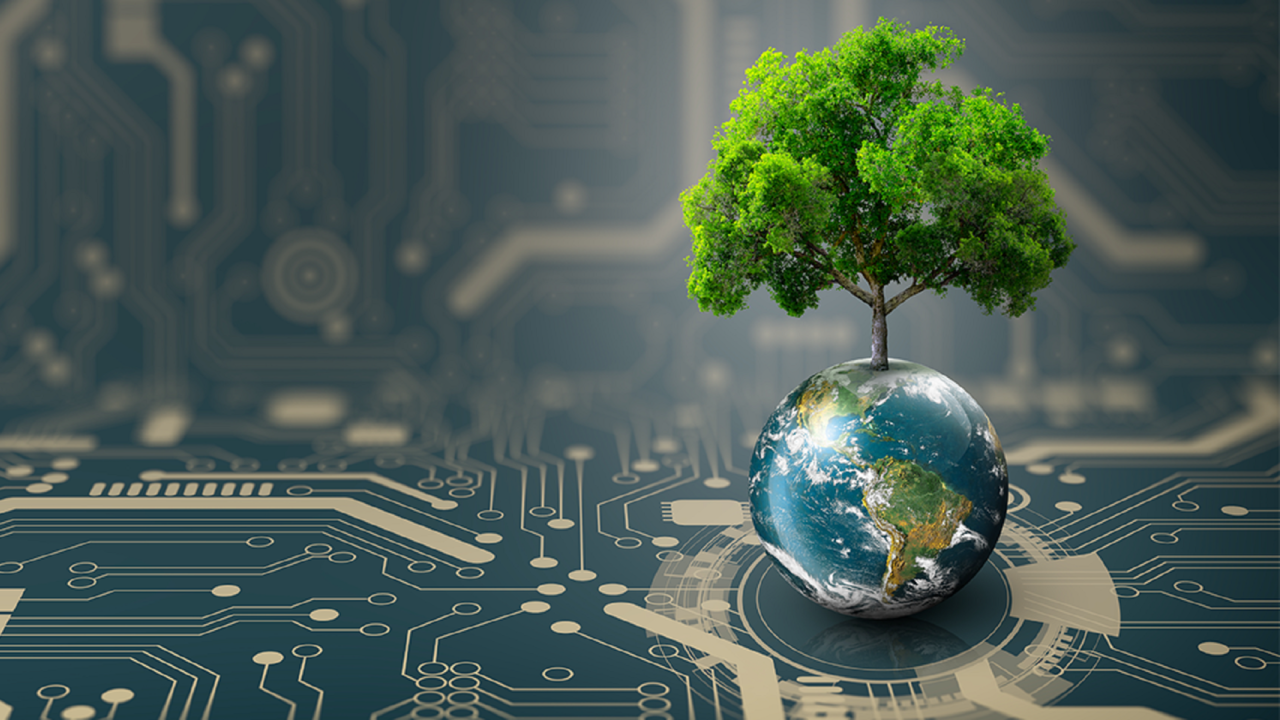Tech's Role in Sustainability: Innovations to Combat Climate Change
Climate change is a pressing global issue that requires immediate action. Fortunately, technology is emerging as a powerful tool to combat climate change and create a more sustainable future. In this article, we will explore the various ways technology is being used to address climate change, from renewable energy sources to innovative solutions for carbon capture and storage.

Renewable Energy: Powering a Sustainable Future
Renewable energy sources, such as solar, wind, and hydro power, are becoming increasingly important in the global energy mix. These sources of energy are clean, renewable, and have minimal impact on the environment.
- Solar Power: Solar power harnesses the energy of the sun to generate electricity. Solar panels convert sunlight into electrical energy, which can be used to power homes, businesses, and even entire communities. As solar technology continues to advance, it is becoming more affordable and efficient.
- Wind Power: Wind power harnesses the kinetic energy of the wind to generate electricity. Wind turbines convert the wind's energy into mechanical energy, which is then converted into electrical energy. Wind power is a reliable and sustainable source of energy, especially in regions with strong and consistent winds.
- Hydropower: Hydropower harnesses the potential energy of water to generate electricity. Hydropower plants. While hydropower is a clean and renewable energy source, it can have negative impacts on the environment, such as altering river ecosystems and disrupting fish migration.
Electric Vehicles: Driving a Greener Future
Electric vehicles (EVs) are becoming increasingly popular as a cleaner alternative to traditional gasoline-powered vehicles. EVs produce zero tailpipe emissions, contributing to improved air quality and reduced greenhouse gas emissions. As battery technology advances, EVs are becoming more affordable, longer-range, and faster to charge. 
Smart Cities: Building Sustainable Urban Environments
Smart cities use technology to improve the efficiency and sustainability of urban environments. By leveraging sensors, data analytics, and the Internet of Things (IoT), smart cities can optimize energy consumption, reduce waste, and enhance transportation systems. Some key technologies used in smart cities include:
- Smart Grids: Smart grids are advanced electricity grids that use digital technology to monitor and manage the flow of electricity. Smart grids can help to integrate renewable energy sources into the grid, improve energy efficiency, and enhance grid reliability.
- Intelligent Transportation Systems: Intelligent transportation systems use technology to optimize traffic flow, reduce congestion, and improve public transportation. This can help to reduce greenhouse gas emissions and improve air quality.
- Green Buildings: Green buildings are designed to be environmentally friendly and energy-efficient. They use sustainable materials, reduce energy consumption, and minimize waste. Green buildings can help to reduce greenhouse gas emissions and improve occupant health and well-being.
Carbon Capture and Storage: Sequestering Carbon Dioxide
Carbon capture and storage (CCS) is a technology that captures carbon dioxide emissions from power plants and industrial facilities. The captured carbon dioxide is then transported and stored underground, preventing it from entering the atmosphere and contributing to climate change. CCS has the potential to significantly reduce greenhouse gas emissions, but it is still an emerging technology with high costs and technical challenges.

AI and Machine Learning: Empowering Climate Solutions
Artificial intelligence (AI) and machine learning are powerful tools that can be used to address climate change. These technologies can analyze vast amounts of data to identify patterns, trends, and insights that can inform climate policies and decision-making. Some specific applications of AI and machine learning in climate change include:
- Climate Modeling: AI and machine learning can be used to develop more accurate and sophisticated climate models. These models can help to predict future climate change impacts and inform adaptation and mitigation strategies.
- Renewable Energy Optimization: AI and machine learning can optimize the performance of renewable energy systems, such as solar and wind farms, by analyzing weather patterns and other relevant factors.
- Sustainable Agriculture: AI and machine learning can help to improve agricultural practices by optimizing water use, reducing pesticide use, and increasing crop yields.
The Role of Individuals: Making a Difference
While technology plays a crucial role in combating climate change, individual actions also have a significant impact. By making conscious choices and adopting sustainable habits, individuals can contribute to a more sustainable future. Some simple actions that individuals can take include:
- Reducing energy consumption: Turn off lights and appliances when not in use, and switch to energy-efficient lighting and appliances.
- Conserving water: Take shorter showers, fix leaks, and water plants during cooler parts of the day.
- Reducing waste: Reduce, reuse, and recycle whenever possible.
- Choosing sustainable transportation: Walk, bike, or use public transportation whenever feasible.
- Supporting sustainable businesses: Buy products from companies that prioritize sustainability and environmental responsibility.

Conclusion.
Technology has the potential to revolutionize the way we address climate change. By harnessing the power of renewable energy, electric vehicles, smart cities, carbon capture and storage, and AI, we can create a more sustainable future for ourselves and generations to come. However, it is essential to combine technological innovations with individual actions to achieve significant progress in the fight against climate change.


You must be logged in to post a comment.